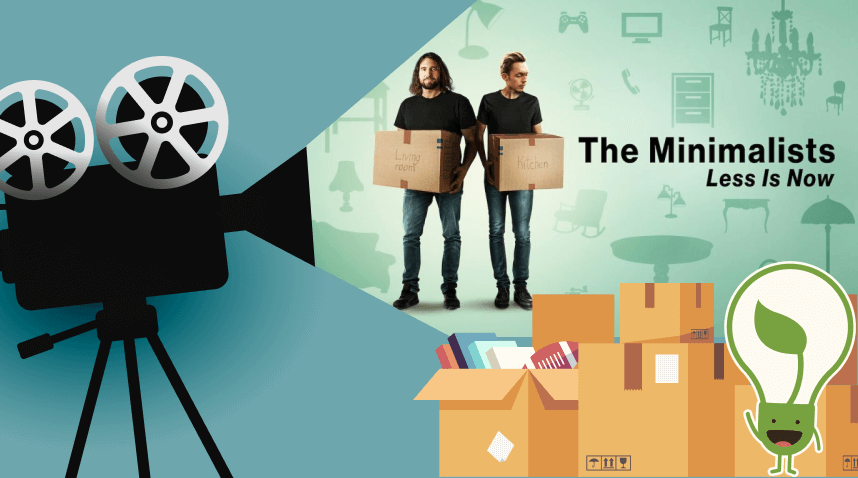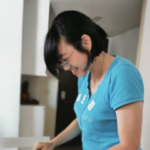TLDR: When you buy something new, does it make you happy? How long does it last? Ophelia reflects on minimalism, materialism, and intentional living. She shares tips on how we can live more intentionally as budding minimalists.
There are days when I just scroll through fashion websites, looking for dresses on sale, and browsing for shoes and bags. On other days, it would be scouring for books down the aisle of Kinokuniya. Recently, it’s Carousell for another console game.
What’s fuelling this obsession with stuff?
The flawed perception, ‘after I purchase this item, I will be happy,’ drives my fingers onto ordering the shopping cart and keying in the payment details. What’s worse is that Google Pay remembers my credit card details and I only need to remember the CV2 code on the back of my card. It’s that easy to fall into the abyss of shopaholism.
My husband and I noticed my rental room being filled with things after things that I do not use. Most of them act as ornaments. Some others, occasional paperweight.
When I bought all these things, the clutter wasn’t what I envisioned. Rather, it was a sense of empowerment that my life will be better with these ‘stuff’. I will look better. I will know better. I will fight boredom better.
Soon enough, I was buying my life’s problems out of my monthly salary. But nothing felt better. Not with the clutter that grew with time. That emotional buying was just playing up the void within my heart. The void that yearned for the community, meaning, for happiness, for kindness, for love. The very things that money cannot buy.
Exchanging Materialism with Intentional Living
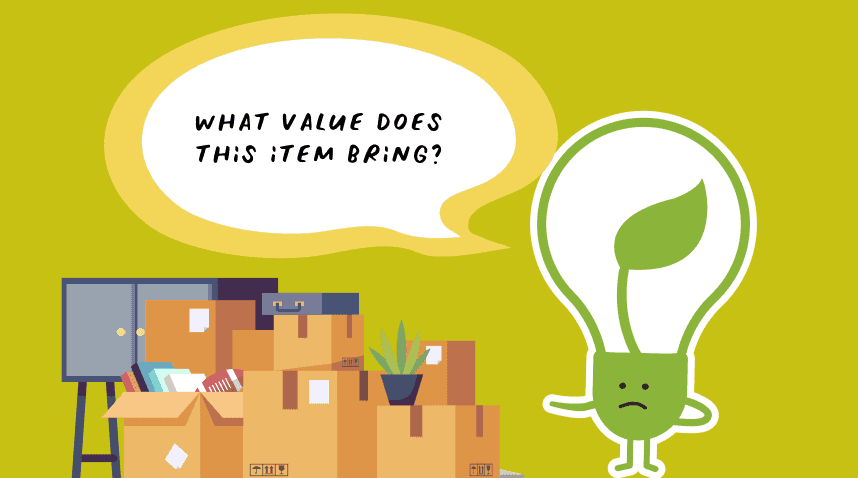
The devas (deities/ gods) may have been shaking their heads at my damage and decided to slide the short documentary “Less is Now” by The Minimalists into my Netflix recommendation.
Watching the documentary made me realise that with all that stuff I am accumulating, I have missed out on what an intentional life can offer.
Being intentional is considering what value an item brings when I use it. Being intentional means setting my own definition of happiness (free from feeling inadequacy) and the fear of not belonging to the imaginary community living in social media.
Intentional living means living with freedom from the baggage of material desires when physical possession does not contribute to my long-term well-being. Intentional living also entails being free from the things that hold me back, when I don’t even fight those chains before.
This concept of intentional living from the documentary relates very closely to the Buddhist pedagogy of wise attention and reflection through experience, which both supports the conduct of our intentions prior to acting. In the Kalama Sutta (AN 3:66), the Buddha encouraged the Kālāmas, new to his teachings, to inquire about the benefits of skillful qualities for themselves:
“Now, Kālāmas, don’t go by reports, by legends, by traditions, by scripture, by logical conjecture, by inference, by analogies, by agreement through pondering views, by probability, or by the thought, ‘This contemplative is our teacher.’ When you know for yourselves that, ‘These qualities are skillful; these qualities are blameless; these qualities are praised by the observant; these qualities, when adopted & carried out, lead to welfare & to happiness’—then you should enter & remain in them.”
Similarly, “Less is Now” urges the viewers to go through their possessions and identify if these things actually contribute to their very own meaning of welfare and happiness.
That is if we actually took a pause to ponder what exactly leads to our well-being.
Our Space for Practice
I remember seeing many different storage options the sellers of my resale flat had in their living area. Towering wardrobes and Toyogo boxes fill up room after room. I felt claustrophobic touring the house.
Would owning so many things make them happy? I thought of my room in my parents’ house: so many belongings surround me and I don’t feel happy living there.
As I go about planning my future house’s interior design, there’s this tendency to fill up all the visible spaces with furniture. What got me wrong was mistaking clutter for cosiness. In fact, what truly gives cosiness is the warmth and happiness that dwell within our home.
And those emotions can truly arise in our nest when our hearts are filled with clarity and contentment, not muddled by endless greed and its resulting clutter.
I believe that a person’s dwelling is a reflection of the state of his/her/their heart. Look around when you stand in the midst of your personal space. Is it organised/neat/cluttered/untidy? Is it strewn with things or are there very few items in sight?
How often do we take care to clean our space, much less our own hearts? I recall Venerable Ajahn Chah’s teaching in his Dhamma talk “Toilets on the Path”:
“Everything you use in this life are support for the practice. Venerable Sariputta kept wherever he lived immaculately clean. If he found somewhere dirty he would sweep it with a broom. If it was during almsround then he’d use his foot. The living place of a well-practiced monk is different from that of an ordinary person. If your kuti [hut] is an utter mess then your mind will be the same.”
When we consider our living environment to be part of our practice, we extend the same amount of meticulousness we have for our physical space as we do to our minds. We can give both spaces – mental and physical – the same sort of care and attention.
So how can we start living intentionally and minimally?
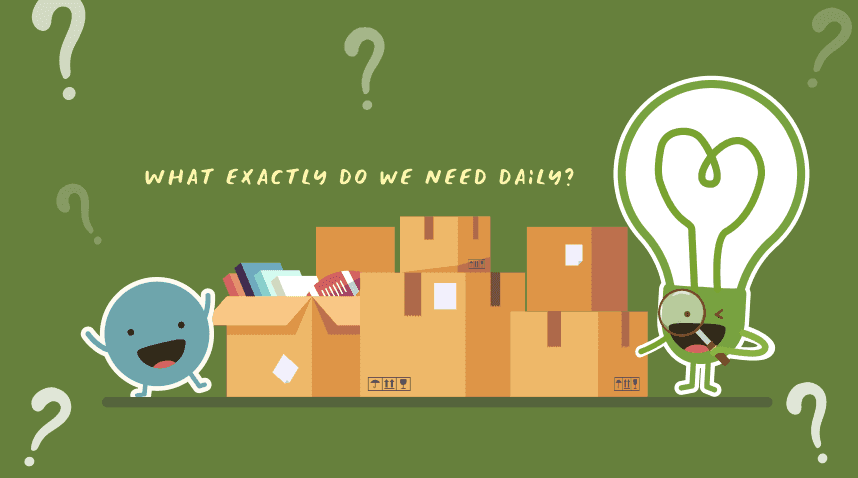
There was an exercise in which The Minimalists co-founders, Joshua Fields Millburn and Ryan Nicodemus, packed all the latter’s belongings into boxes as if he was moving out. Then, Ryan would only live out of the boxes by finding the things he needed to get by daily. It turned out that 80% of his items were left untouched. These are the ones that get donated or sold or given away.
This boxing-and-unboxing exercise echoes the little possessions that monks in the Forest Tradition have with them as they go about their professional meditation practices. While it is not completely possible to live as frugally as a lay practitioner, it takes a lot of discipline and mental clarity to maintain a simple life with just what one truly needs.
As a quote from the documentary rightly said, “It is difficult to live simply. It is easy to go with the flow.” Remember the common Buddhist saying, “only dead fish go with the flow?” For every moment we are awake and aware, it is our practice to go against the flow of the world.
At the end of the documentary, the host encouraged viewers to take up a 30-day minimalistic game. Find a buddy. For each day in the month, lose a thing on day one, then two things on day two, and so on and so forth, until it is day 30 (when you lose 30 items).
From a Buddhist practitioner’s perspective, this challenge puts the Dhammic muscle of ‘letting go’ to test! If we understand the material world’s nature, we come to recognise that every possession, every person we like or dislike, even our own bodies, are ‘not me, not mine, not myself’.
When the possessions inherently do not serve any useful purpose and are not worth the value we initially ascribed, then we may find it easier to part with them. Well, even if we can’t bear to, in the words of the Five Frequent Subjects of Contemplation (AN 5:57), we would have to part with them anyway in the end:
“‘I am subject to death, have not gone beyond death’.…
“‘I will grow different, separate from all that is dear & appealing to me’.…
Concluding Reviews
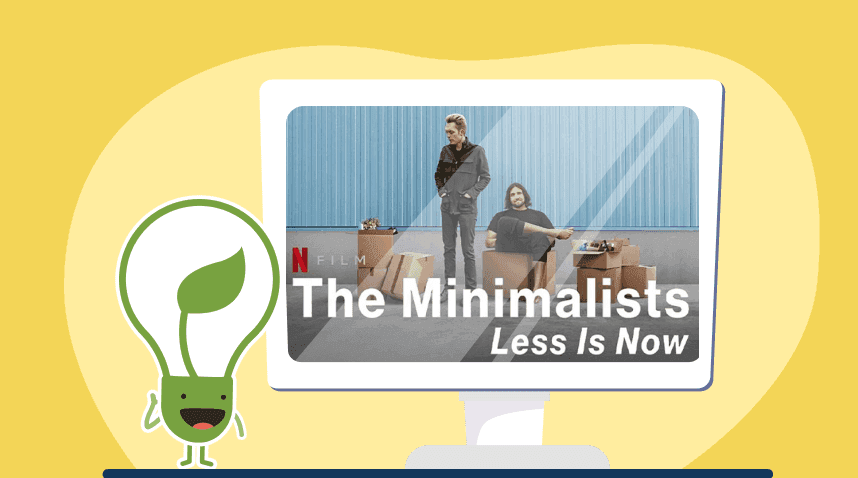
I thoroughly enjoyed watching ‘Less is Now’! It spurs me on to examine my impulse-shopping tendency, which was causing huge loads of clutter and financial anxiety. The freedom of intentional living gels well with the Buddha’s teachings on our spiritual practice. In fact, there were many nuggets of wisdom peppered within the documentary, especially by different minimalist practitioners in their interviews. I look forward to trying out the two exercises before I transit out of my rental house! To intentional living and beyond!
Wise Steps:
- What object in your room/space now have you always procrastinated in throwing away but never did? This is your sign to do so now.
- The next time you wish to impulsively buy something, ask yourself ‘will this bring me long-term happiness?’

